Comprehensive History of India: Prehistory of India, Volume 1: Part 1
The prehistoric phase forms the longest period in human historycovering a few millennia whereas the knowledge of writing whichcould be used for the reconstruction of history, was acquired byman only five thousand years ago. The development of human culturecan be properly understood only by studying the prehistoric past.The antiquity of man now goes back to 3.6 million years, and sincethen man has been progressing in the face of all odds. Man thehunted became man the hunter, later acquired the technique of foodproduction which further led to sedentary existence, fashionedartefacts to cope with environment, learnt the use of metals andestablished trading contacts, finally leading to urbanization. InIndia the first Stone Age tools were discovered in Tamilnadu whichhave recently been dated to 1.5 million years (but could not beincluded in the present volume as it was too late). The properstudy of prehistory received a boost in the post-Independenceperiod. Hundreds of prehistoric sites have since been discoveredalmost all over the country, even in the north-east which wasarchaeologically a terra incognita till now. Systematic excavationshave been carried out and the data have been scientificallyanalysed, stages of evolution of culture from food gathering tofood producing have been traced and the further development intothe glorious Indus Harappan civilization have been criticallyreviewed. The volume includes contributions from acknowledgedexperts in the field. Greater emphasis has been laid on scientificevidence which brings out the role of environment in the evolutionof cultures. The study ends with the advent of Aryans which is oneof the knottiest issues in human history.
Get it now and save 10%
BECOME A MEMBER

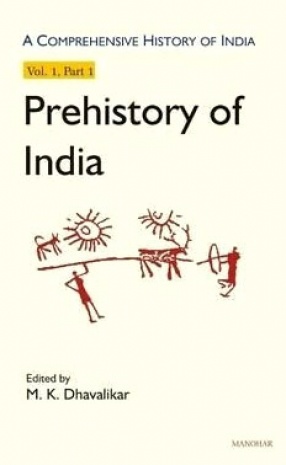
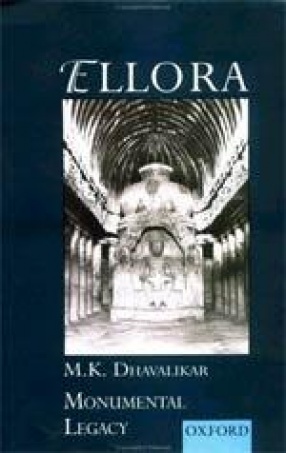
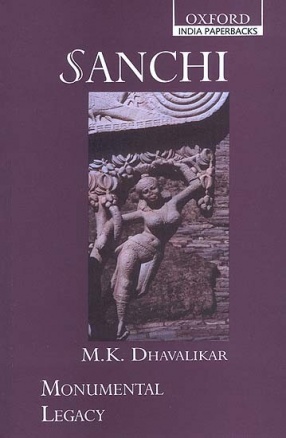
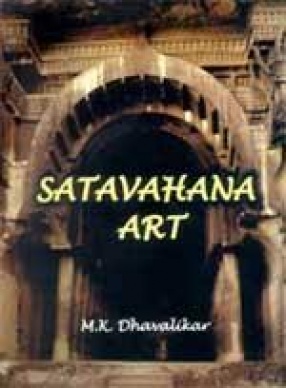

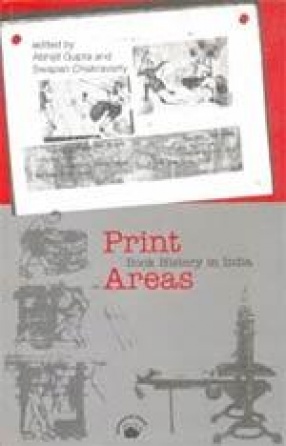
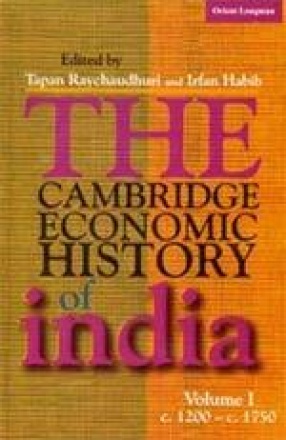
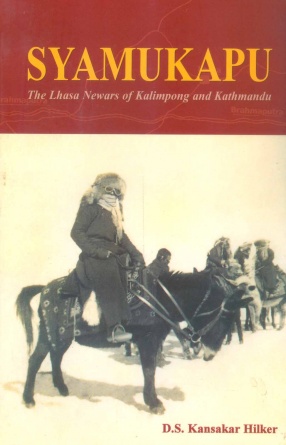

Bibliographic information